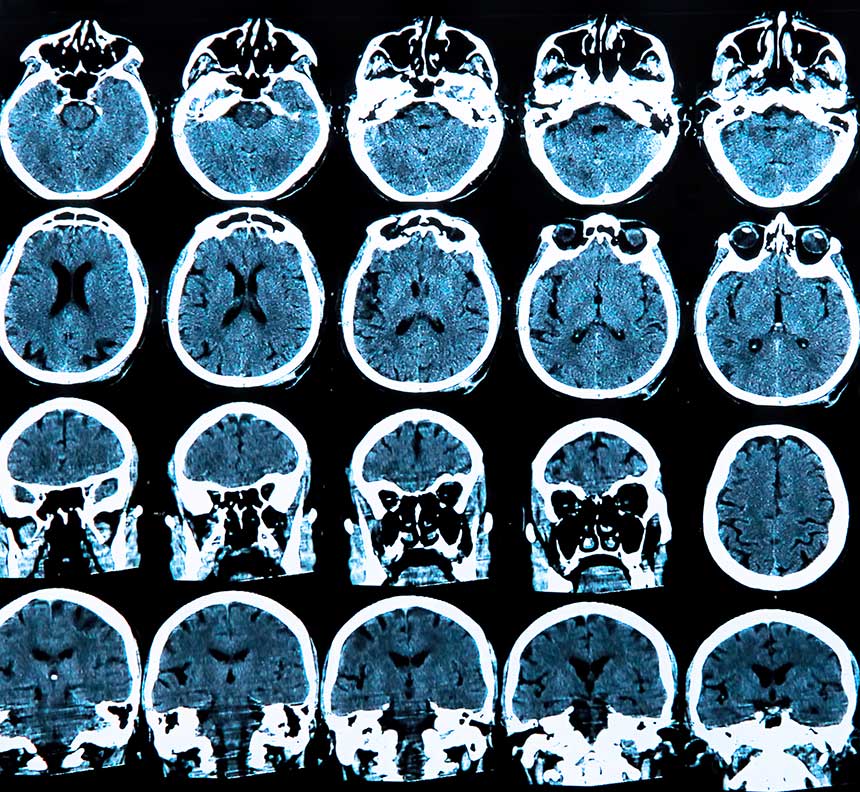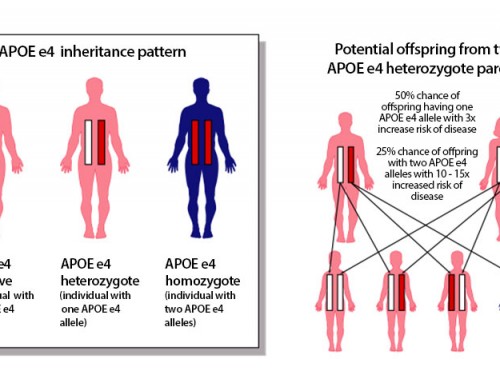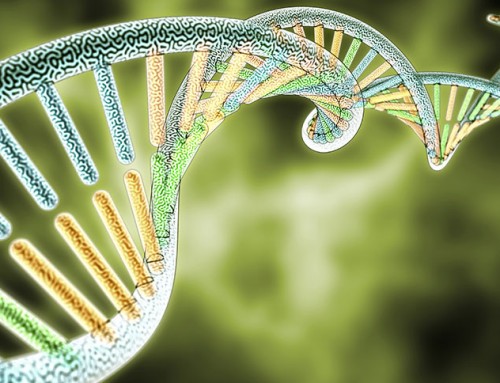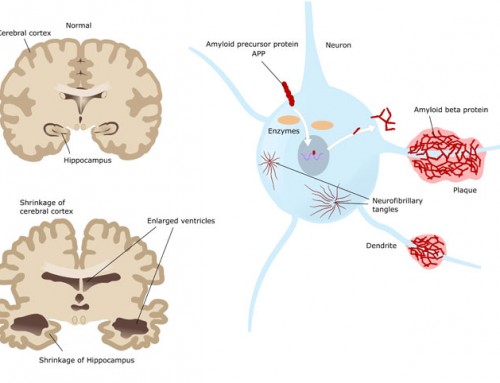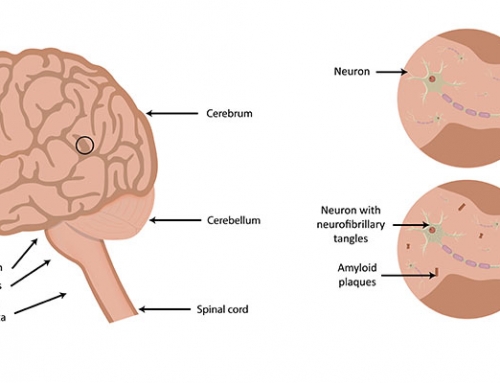[Updated 2015 Sep 24]. In: Pagon RA, Adam MP, Ardinger HH, et al., editors. GeneReviews® [Internet]. Seattle (WA): University of Washington, Seattle; 1993-2015.
Netzer WJ (reviewed by), Fisher Center for Alzheimer’s Research Foundation at The Rockefeller University. What you should know about testing for Alzheimer’s disease – new guidelines.
How is Alzheimer’s diagnosed?
There are several warning signs of Alzheimer’s disease including a loss of memory, behavioral change or difficulty with reasoning or verbal skills. People who have shown these signs and symptoms of Alzheimer’s should undergo a series of medical evaluations for diagnostic purposes.
Just because a person is suffering from memory loss, it doesn’t necessarily mean that the person must have Alzheimer’s. There are other health conditions that can cause problems with memory loss, such as depression, drug side effects, excess alcohol, low thyroid, vitamin deficiency, low blood sugar, brain tumors, Parkinson’s disease or stress. It is important to distinguish if the symptoms are due to Alzheimer’s or due to other health concerns that could possibly be treated.
If the doctor suspects the memory loss is possibly due to Alzheimer’s, then a medical evaluation on the individual will be performed. Medical evaluation of Alzheimer’s involves an analysis of the patient’s medical history, a mini mental state exam, a physical exam and a neurological exam.
The medical history of the individual includes determining if there is a family history of Alzheimer’s, identifying signs and symptoms of Alzheimer’s and knowledge of past or current medications and medical conditions. This medical history also analyzes the patient’s diet and personal history.
A mental status test will be also given to the individual. This consists of series of questions designed to test on the individual’s problem solving, verbal skills, reasoning, memory and mood.
Physical and neurological exams will also be used to diagnose Alzheimer’s in an individual. The physical exam includes determining blood pressure, pulse and temperature, and blood or urine samples will be collected for further testing. In a neurological exam, the individual will be closely evaluated on problems that may show signs of brain disorders. Coordination, eye movement, speech and reflexes will all be tested. A brain imaging study such as CT scan or MRI might also be performed to show changes in the brain. CT (Computed Tomography) scan take X-rays from different angles, and compile images that appear like multiple cross-sections of the body. MRI (Magnetic Resonance Imaging) scans and images the body clearly by use of magnetic and radio waves. Structural images are useful to detect damage or changes in the brain, which may be caused by several different things including head trauma, cysts, tumors, a stroke or Alzheimer’s.
References:
Alzheimer’s Disease Fact Sheet. (Page Last Updated: July 20, 2015). Alzheimer’s Disease Education and Referral (ADEAR) Center – A service of the National Institute on Aging, National Institutes of Health.
Bird TD (1998). Alzheimer Disease Overview.
Genovate Laboratories2017-04-06T00:20:03+00:00

